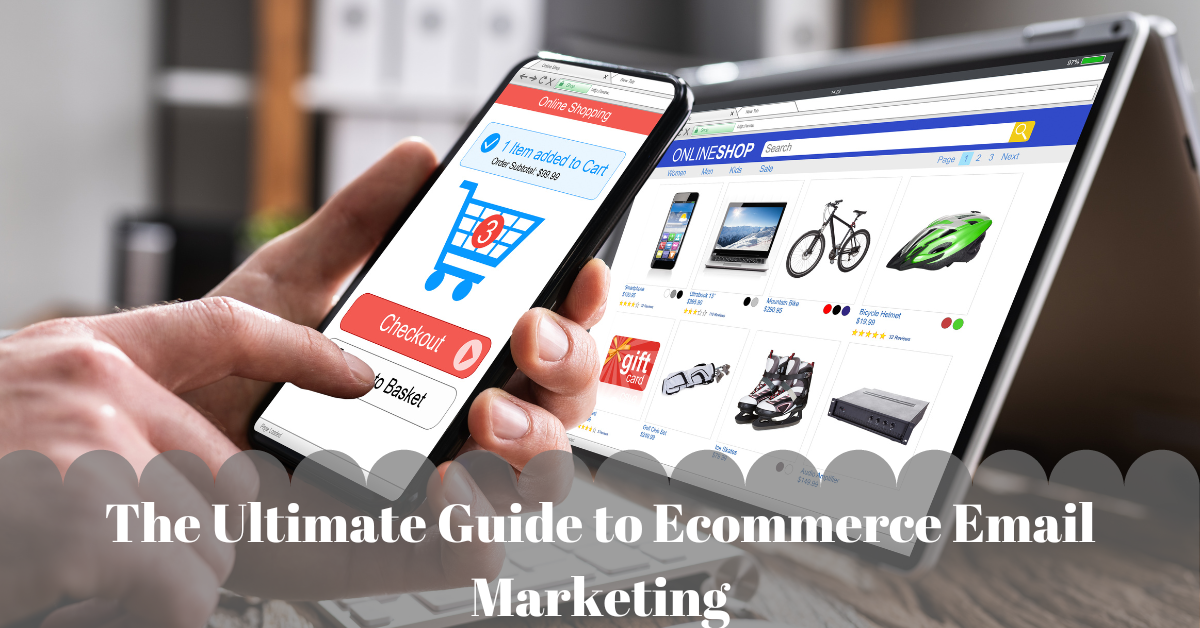In 2023, consumers will be more reliant on e-commerce than ever before, and retailers must adapt to new technologies, changing customer preferences, and emerging trends. This will require retailers to innovate and adopt new strategies to offer personalized and convenient shopping experiences. In this context, this article will explore the major trends in e-commerce 2023, that are likely to shape the e-commerce landscape in 2023. These trends include the increasing use of mobile commerce, the growing impact of artificial intelligence and machine learning, social commerce, subscription-based models, augmented and virtual reality, voice commerce, same-day and next-day delivery, and sustainability.
1. Artificial Intelligence and Machine Learning
E-commerce companies are using AI and machine learning to analyze customer data and improve the shopping experience. These technologies can be used to personalize recommendations, optimize pricing, and enhance customer service. Another area where AI and ML are making a significant impact is pricing optimization. E-commerce companies are using these technologies to analyze vast amounts of data, including competitor pricing, demand, and inventory levels, to determine the best pricing strategies for their products. By dynamically adjusting prices based on these factors, e-commerce companies can remain competitive while maximizing profitability.
2. Mobile Commerce
With the increasing use of smartphones and mobile devices, more consumers are using their mobile devices to browse and purchase products online. Retailers will continue to optimize their websites and mobile apps to provide a seamless mobile shopping experience. Mobile commerce is a significant trend that is transforming the e-commerce industry. With mobile payments, customers can pay for purchases using their mobile devices, eliminating the need for cash or credit cards. Mobile wallets, such as Apple Pay and Google Pay, store payment information and can be used to make purchases in-store and online, making the checkout process faster and more convenient. By embracing mobile commerce, e-commerce companies can increase sales and attract new customers in an increasingly competitive market.
3. Augmented Reality and Virtual Reality
AR and VR technologies are transforming the e-commerce industry by providing immersive shopping experiences for customers. AR allows customers to superimpose digital content onto the physical world to visualize how a product would look in their home or workplace. VR, on the other hand, creates a simulated digital environment where customers can interact with products before making a purchase. Both AR and VR enhance the shopping experience and increase the likelihood of customers making a purchase.

4. Social Commerce
The e-commerce industry has seen an upsurge in the trend of social commerce which entails utilizing social media platforms for selling products and services. With the increased usage of social media, e-commerce firms are making use of these platforms to widen their customer base and interact with them. Social commerce comes in various forms including social media marketplaces, shoppable posts, and influencer marketing. One of the main advantages of social commerce is that it allows e-commerce firms to benefit from the extensive reach and impact of social media influencers to market their products and services, thereby expanding their customer base and boosting sales.
5. Headless Commerce
Headless commerce is an innovative e-commerce architecture that separates the front-end presentation layer from the back-end commerce engine. This decoupling allows businesses to provide a more flexible and personalized shopping experience that can be accessed across various channels and devices. By developing and managing the front-end independently, e-commerce companies can achieve greater agility and speed in implementing changes and updates. It provides the flexibility to tailor the shopping experience to the needs and preferences of individual customers.
6. Voice Commerce
Voice commerce refers to the use of virtual assistants like Amazon’s Alexa or Google Assistant to enable customers to make purchases using voice commands. It has gained popularity due to the rising use of smart speakers and voice assistants. Voice commerce encompasses various functions, such as placing orders, checking product prices and availability, and processing payments. One of the primary advantages of voice commerce is the ease and speed it offers customers in making purchases without the need to navigate through websites or mobile apps. It also provides e-commerce businesses with new ways to interact with customers and offer personalized shopping experiences through conversational interfaces.

7. Subscription-based models
The e-commerce industry has witnessed an increased adoption of subscription-based models, driven by the need to provide customers with a more convenient and customized shopping experience. These models come in different forms, including monthly subscription boxes, software as a service (SaaS) subscriptions, and membership-based e-commerce platforms. One of the key benefits of subscription-based models is that they offer a stable and predictable revenue stream for businesses. With a recurring fee, businesses can better forecast their cash flow and plan accordingly. Subscription-based models also help businesses establish better relationships with their customers by delivering a more tailored and hassle-free experience.
8. Sustainability
The topic of sustainability has gained significant importance in the e-commerce industry, as consumers are increasingly environmentally conscious and concerned about the environmental impact of their purchases. As a result, e-commerce businesses are facing pressure to adopt sustainable practices and reduce their carbon footprint. To promote sustainability, e-commerce companies can focus on reducing packaging waste, by utilizing biodegradable or recyclable materials and minimizing packaging for each product. Some companies are also exploring alternative delivery methods, such as the use of electric vehicles or bikes for last-mile delivery.
Conclusion
The major trends in e-commerce 2023, industry is rapidly evolving and adapting to changing consumer preferences and technological advancements. The e-commerce industry is predicted to continue transforming in 2023, driven by the adoption of emerging technologies such as AI, AR, VR, and voice commerce. Moreover, subscription-based models and social commerce are also expected to become more popular as businesses aim to provide a more personalized and convenient shopping experience. Businesses that proactively embrace these developments will have an advantage in the dynamic and ever-changing e-commerce landscape.





